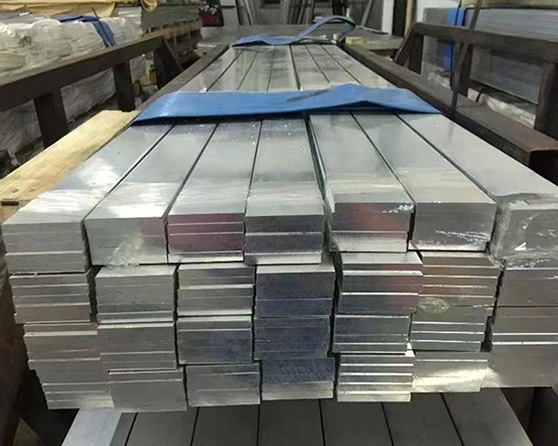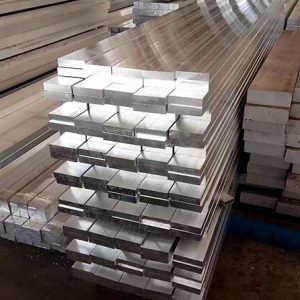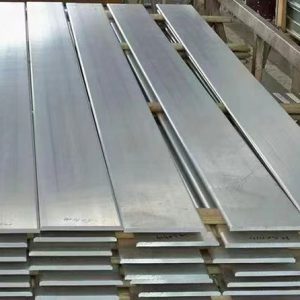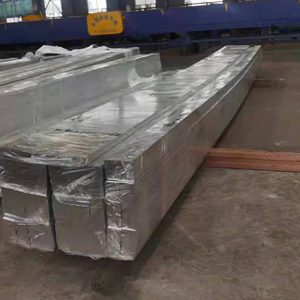Aluminum busbar is widely used in the electrical industry due to its superior conductivity and cost-effectiveness. One type of aluminum busbar is the 1060 aluminum busbar, which is composed of 99.6% pure aluminum and is known for its excellent electrical conductivity, thermal conductivity, and corrosion resistance.

Application of 1060 aluminium busbar
1060 aluminum busbar is available in a variety of shapes and sizes to meet different application requirements. Its excellent formability and weldability allow it to be easily shaped and connected to other components in electrical systems. This makes it ideal for use in power distribution systems, switchgear cabinets, and other electrical applications.
Advantages of 1060 aluminium busbar
One of the major advantages of 1060 aluminum busbar is its high electrical conductivity. With a conductivity rating of 61.2% IACS (International Annealed Copper Standard), it is one of the best conductors among non-ferrous metals. This high conductivity ensures efficient and reliable transmission of electrical energy, reducing energy losses and promoting energy efficiency.
1060 aluminum busbar is also highly resistant to corrosion, which is important for applications in harsh environments. The oxide layer on the surface of the aluminum provides a protective barrier against moisture and other corrosive elements, ensuring long-lasting performance and minimizing the need for maintenance.
Another advantage of 1060 aluminum busbar is its low weight. Compared to copper busbar, aluminum busbar weighs approximately 60% less. This makes it easier to handle and install, reducing the cost and time required for installation.
1060 aluminum busbar is also environmentally friendly. Aluminum is a 100% recyclable material, and the production process for aluminum busbar requires significantly less energy compared to copper busbar production. This reduces the carbon footprint of the manufacturing process and contributes to a more sustainable future.
Another advantage of 1060 aluminum busbar is its ability to handle high temperatures. Aluminum has a high thermal conductivity, meaning it can effectively dissipate heat, which is especially important in high temperature electrical applications. In addition, aluminum busbar has a low thermal expansion coefficient, which helps to maintain stability and prevent distortion under thermal stress.
1060 aluminum busbar is also easy to process and fabricate, making it suitable for a wide range of manufacturing methods. It can be machined, formed, welded, and brazed, allowing for customization and adaptation to specific application needs.
In terms of standards, our 1060 aluminum busbar meets various international specifications, such as ASTM B317 and EN 755-2. These standards ensure the quality and performance of the material, as well as its suitability for specific applications.

Package of 1060 aluminium busbar
When it comes to packaging and transportation, 1060 aluminum busbar is typically wrapped in plastic film and placed on wooden pallets for easy handling and transport. This ensures that the material remains free from damage and corrosion during transit.
In conclusion, 1060 aluminum busbar is an excellent choice for electrical applications that require high conductivity, low weight, and corrosion resistance. Its versatility and cost-effectiveness make it ideal for use in power distribution systems, switchgear cabinets, and other electrical components. Its environmental friendliness and easy installation further add to its appeal as a sustainable and efficient option for the electrical industry.






